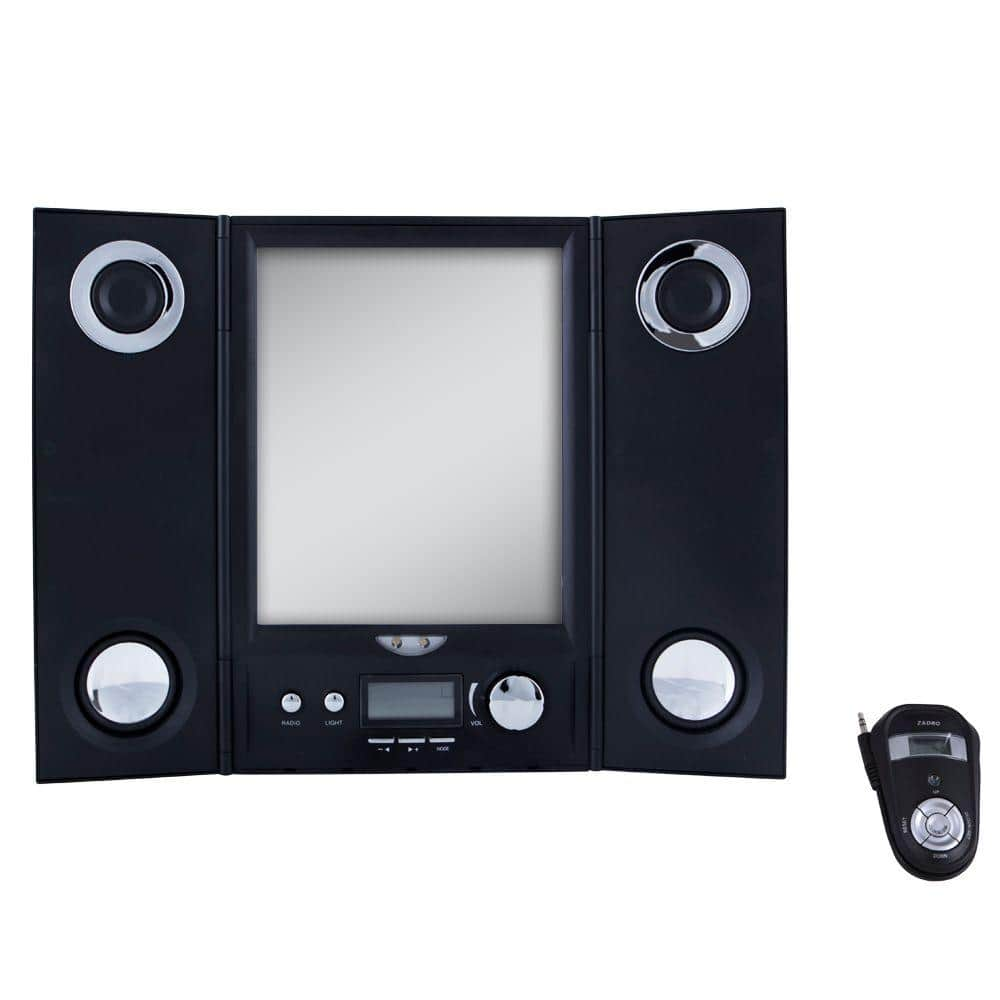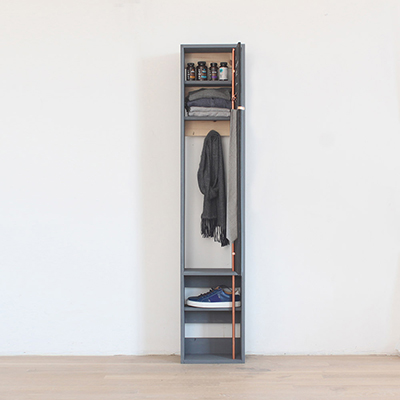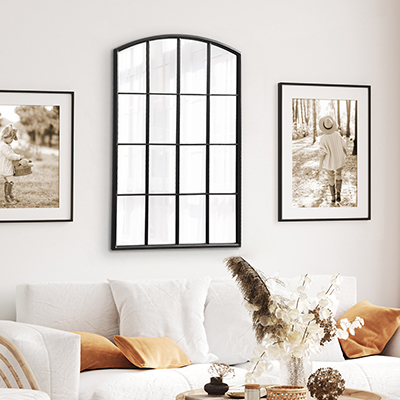Best Picture and Mirror Hangers for Your Home
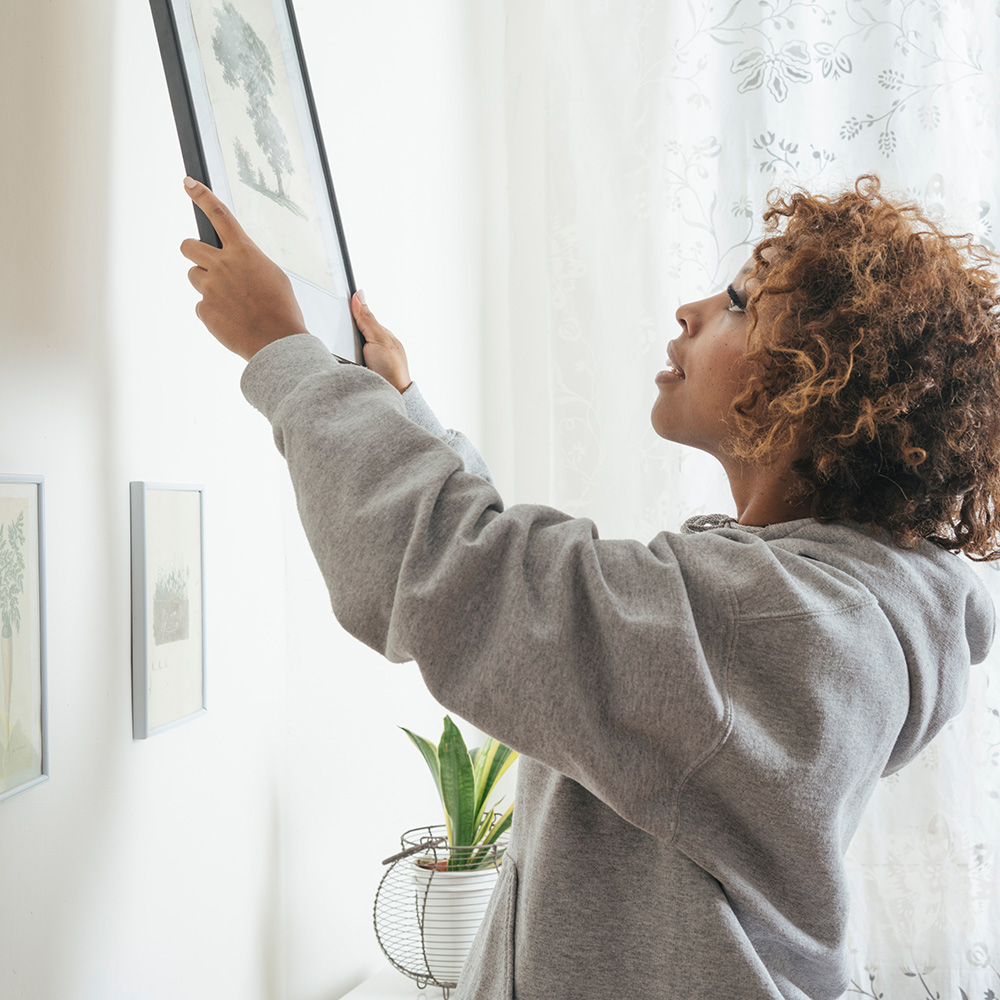
Last updated September 7, 2023
It can be frustrating to hang a picture only to find out when it falls that you used the wrong type of hardware. Equally frustrating is hanging a picture that won’t hang straight and level. The key to hanging a picture or mirror correctly is to make sure it is securely fastened to the wall and then positioned straight and level.
This guide outlines the top considerations for hanging pictures and mirrors in your home.
Table of Contents
Wall Surfaces and Object Weight
Types of Hardware
Considerations for Hanging Pictures and Mirrors
Types of Picture and Mirror Hangers
Picture and Mirror Hanger Features
Wall Surfaces and Object Weight
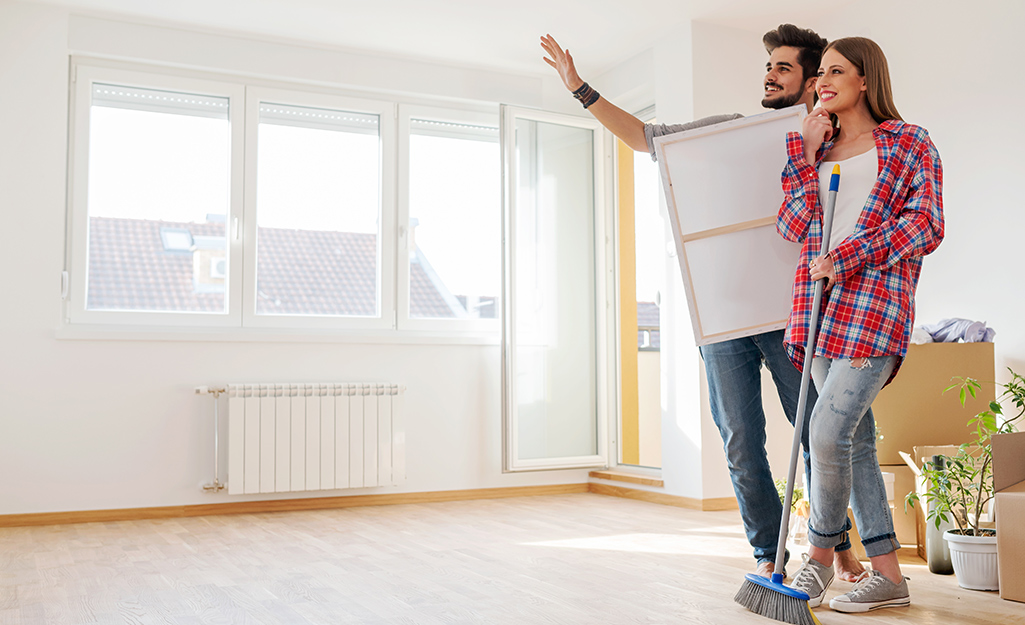
Not all walls are made of the same materials. That’s why you need to use a picture or mirror hanger designed for the type of wall you’re working with. When hanging large objects on drywall, use a hollow wall anchor for extra support. If you’re working on a plaster, brick or stone wall, use a drill to create a pilot hole.
Some other tips to consider:
- Make sure the wall can bear the weight of the object you’re planning to hang.
- Hangers need to match the rating they are supporting.
- Loads are based on static surfaces. Use a stronger hook for hanging an object on a door or other surface that constantly moves.
Types of Hardware
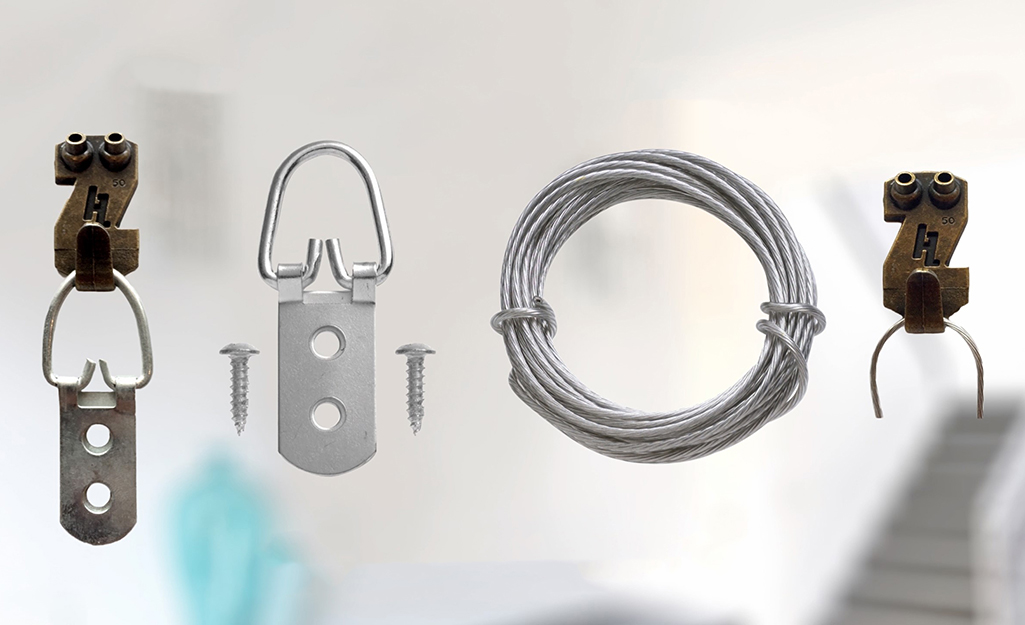
There are several types of hardware to choose from when hanging pictures and mirrors.
Angle Irons:
- Angle irons are metal brackets mounted underneath an object to provide extra support. This type of hanger may be needed when hanging heavy pictures and mirrors. Angle irons also help to support weak frames.
- D-rings are drilled into the sides of a frame and used to hang objects on nails or hangers. This type of hanger may also be used to string wire through for hanging. D-Rings work best when screwed in before the picture is framed. D-Rings provide tremendous stability when mounted on picture hooks. Finally, they help keep objects straight and level.
Felt Pads:
- Felt pads are placed on the corners of a painting, picture or mirror to keep the wall from being marred when hanging an object.
- These hooks feature a square backing coated with adhesive. Use these for hanging lightweight objects and remember that the adhesive may damage a wall’s surface.
- Mirror clips work for hanging mirrors of all shapes and sizes. They are available in decorative designs that complement the style of the mirror you are hanging.
- Use picture hooks to hang paintings, photographs and other objects. These types of hooks feature a hole or holes where nails can be inserted and a hook on which the picture rests. Picture hooks can feature one, two or three holes. They also have channels to guide nails in at an angle for maximum holding power. Use these hooks with case-hardened, blue steel nails and check the load rating before use.
Picture Wire:
- This specialty wire is strung across the back of paintings and connected to D-hooks or eye hooks for hanging pictures and mirrors. It’s a good way to ensure that your picture or mirror is level and straight on the wall since you can adjust the wire as needed. Picture wire is pliable and strong but may have sharp edges. Be sure that the wire is tied and secured properly to the picture or mirror being hanged.
Considerations for Hanging Pictures and Mirrors
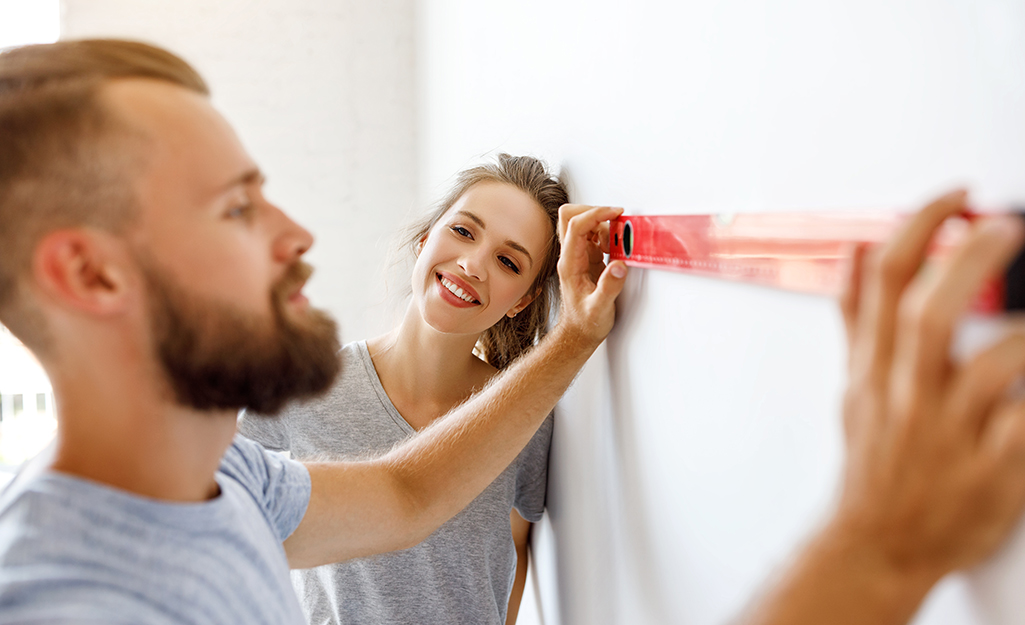
For best results, hang pictures at or below eye level. Also, hang pictures several inches above the top of any furniture. And remember that hanging pictures on two hooks provides greater stability and keeps them level.
Types of Picture and Mirror Hangers
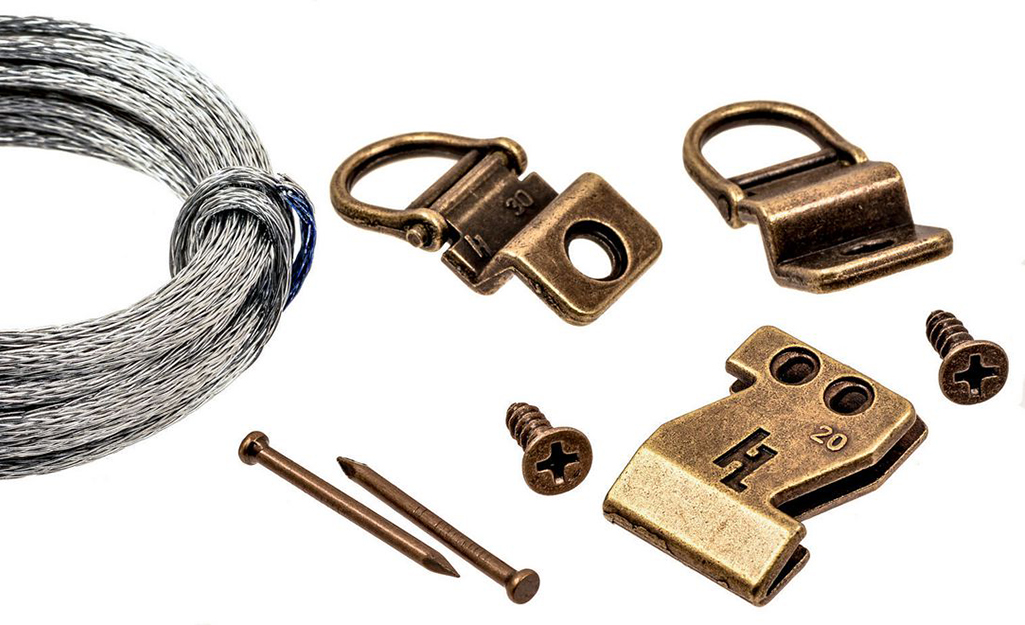
There are a variety of picture and mirror hangers you can use to complete a job successfully. The most common feature one of two types of firing modes.
Bounce-fire triggers are squeezed to fire a nail every time you touch, or bounce, the nose of the nailer to the work surface. This trigger may need to be installed separately.
Sequential firing requires the trigger to be pulled each time a nail is fired. This allows time to set up the proper angle for each shot.
Picture and Mirror Hanger Features
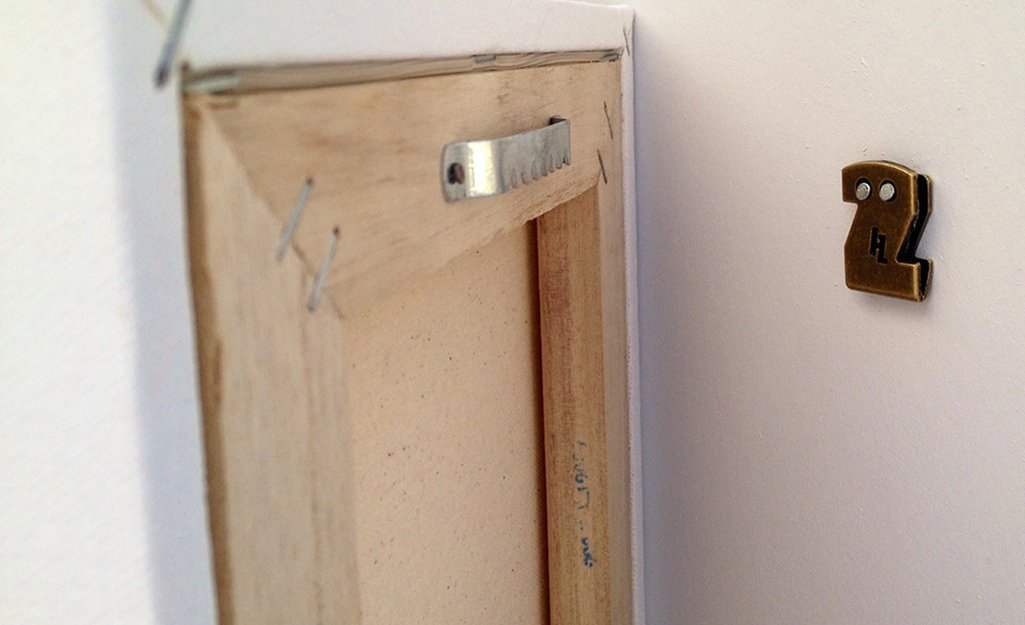
Picture and mirror hangers have different features that make it quicker and easier to hang objects on the wall.
Anchors:
- Picture hangers should not be used to hang heavy objects or when working on a hollow or concrete wall. Anchors work best for these jobs.
Bendless Nails:
- Bendless nails are ideal to use when installing hangers into concrete or brick.
- A stud finder easily locates wall studs needed to secure hangers or anchors.
Mounting Putty:
- Apply a small amount of mounting putty on the corners to secure a picture or mirror to the wall and keep it level and straight.
Lights:
- Use spotlights and track lights to highlight favorite pictures.
Hanging pictures and mirrors on the wall successfully is much easier to do when you have the right tools. Check out the selection of picture and mirror hangers on The Home Depot Mobile App. If your picture or mirror doesn’t come with the appropriate equipment for hanging, you can also pick up what you need at The Home Depot.




